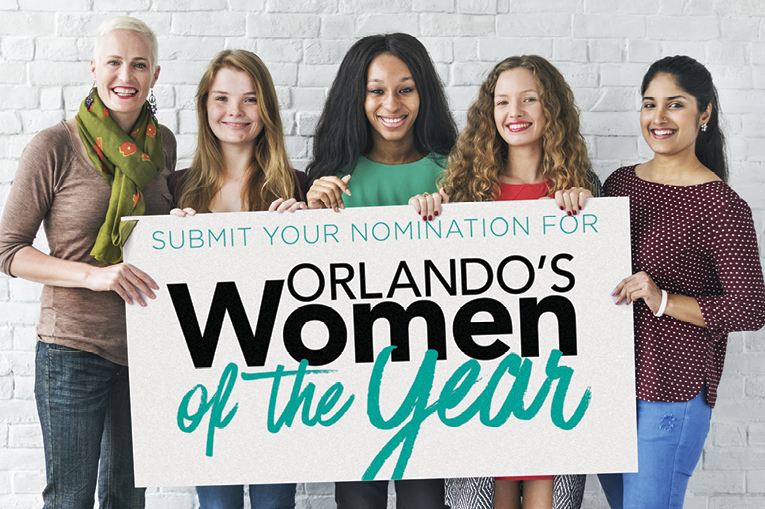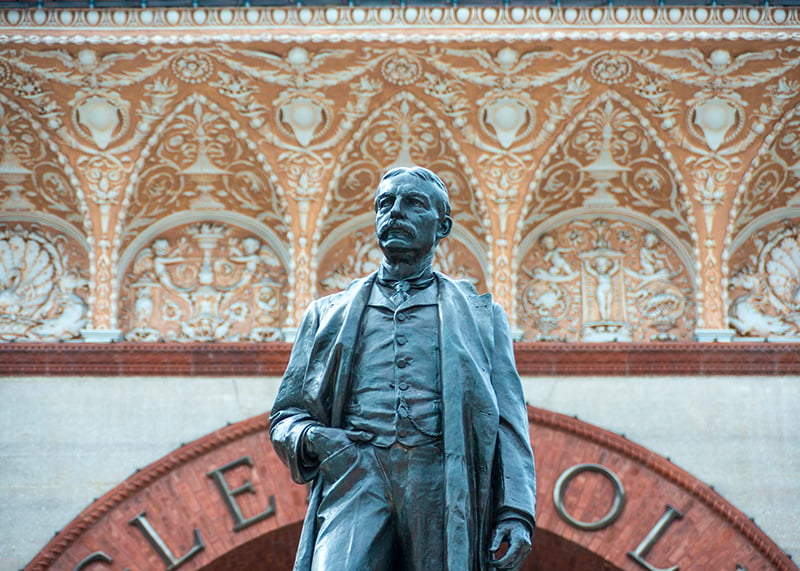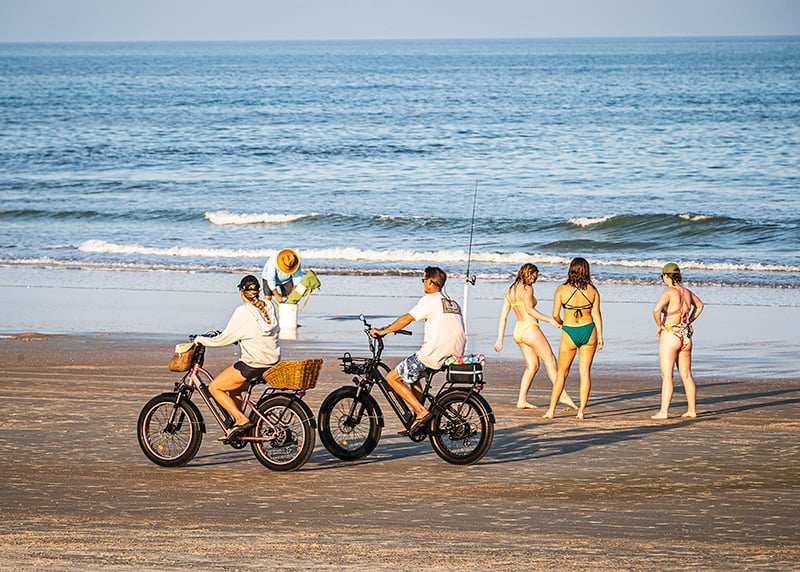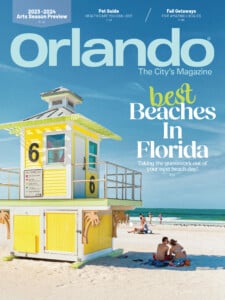Conservation Guide: The Florida Wildlife Corridor
Florida’s patchwork of protected lands provides habitat for iconic species.
Gently rolling hills offer panoramic views of Lake Louisa State Park’s 4,500 acres of sandy terrain, lakes, cypress swamps, pines, and oaks. They also afford a view of about 250 homes in a neighborhood across U.S. Highway 27 that once was an orange grove and, before that, wilderness.
We chose the park in Clermont for a conversation about wild Florida precisely because of its location. Just 30 minutes from the craziness that can be our theme park-pocked corner of paradise, aka Orlando, Lake Louisa is a living, breathing example of how conservation and development can exist side by side.
While Florida has a reputation as an outdoor lover’s destination, it suffers from a perception that the state is all sandy beaches and amusement parks, with the wildlife being of the nightclub variety.
But what is hiding in plain sight, as conservationists like to say, is the real Florida, one that is home to iconic species such as the Florida scrub jay, the Eastern indigo snake, the Florida panther, and the West Indian manatee.
There have long been individuals and organizations that have recognized the beauty and importance of natural lands and have worked to preserve and restore them.
One remarkable initiative to connect these wild areas grew from a seed of an idea planted in 2010 by native Floridian and National Geographic photographer Carlton Ward Jr. and Dr. Tom Hoctor, director of the Center for Landscape and Conservation Planning at the University of Florida. That seed matured and is called the Florida Wildlife Corridor.
“The Wildlife Corridor, at its simplest, is connected habitats that allow for movement and migration,” says Mallory Dimmitt, a co-founder and chief executive officer of the Florida Wildlife Corridor Foundation. This group is tasked with engaging the public so that saving natural Florida is everybody’s desire.
With 1,000 people a day moving to the Sunshine State, responsible growth isn’t pie-in-the-sky thinking; it is essential.
“Undeveloped lands help provide clean air, clean water, storm resilience—our food security comes from them,” Dimmitt says.
“The corridor is an answer for accommodating all that growth but in a way that preserves the lifestyle people want to have here,” she explains.
The folks at the St. Petersburg-based foundation want the public to know that they are not anti-development.
“We are for smart, responsible growth, and that’s why we get support from both sides of the aisle,” says Program and Partner Manager Maureen Vicaria.
The corridor is massive. It stretches eastward from Alabama down to the Florida Keys, and rather than being a walking route such as the Appalachian Trail; it is a patchwork of interconnected lands. The protected green spaces provide habitat for 131 threatened and endangered animal species and 69 imperiled plant species.
According to the foundation, the corridor comprises 17.7 million acres of public and private land. About 9.6 million acres, or 54 percent, are protected, while 8.1 million acres, or 46 percent, are called opportunity areas that still need conservation status.
The Greater Orlando Area is smack dab in the middle of the corridor, delivering an animal (and plant) kingdom that cannot be imagined in a boardroom.
It may surprise residents to find that their neighborhood borders these habitats. The waters in which they paddle and dive, and the trails they hike are likely within the corridor and used daily by people who appreciate wild Florida.
The foundation’s mission is to inform the world about the concept and vision of connected green spaces, and its methods are extraordinary. Literal boots-on-the-ground expeditions, long (1,000 miles in 100 days) and short (50 miles in four days), with lushly shot films documenting the treks, have caught the hearts of many, including those who can move political mountains.
Then there are the murals. Art inspires, connects, and educates. The foundation discovered they also could be rallying points and a source of pride in communities that are home to these critical lands. The organization has three so far—in Crystal River, downtown St. Petersburg and at its headquarters—and plans for three to four more this year.
“The campaign results in beautiful murals, which towns love to have. They create a rallying point around which the community can become engaged,” Vicaria says.
The corridor has widespread support among groups that one might assume would be against setting aside usable land, she notes.
Florida’s ranchers and farmers are their allies, Vicaria says because they care about preserving green spaces. Working lands provides wildlife habitats while continuing the vital role of agricultural production.
Vicaria underlines the enormity of the collaborative effort: “We partner with federal, state, and local government agencies, nonprofit organizations, businesses, advocacy groups, elected officials, and landowners.”
In 2021, Gov. Ron DeSantis signed the bipartisan Florida Wildlife Corridor Act, which secured $400 million for land acquisition.
Conservation is a surprisingly positive subject among lawmakers and policymakers, both locally and at the state level. There is something in it for everybody.
“It’s less difficult than I thought it would be to find common ground with our legislators and decision-makers,” Dimmitt says. “People genuinely care.”
Home | Building Back Safer After Hurricane Ian | The Florida Wildlife Corridor | 10 ways to connect (with) the Florida Wildlife Corridor | The Tree That Was a Testament to Time | SeaWorld Expands Manatee Care Facility | 10 Fun Facts about the Manatee | Conservation Guide Map





